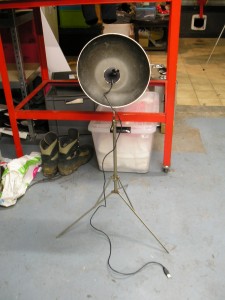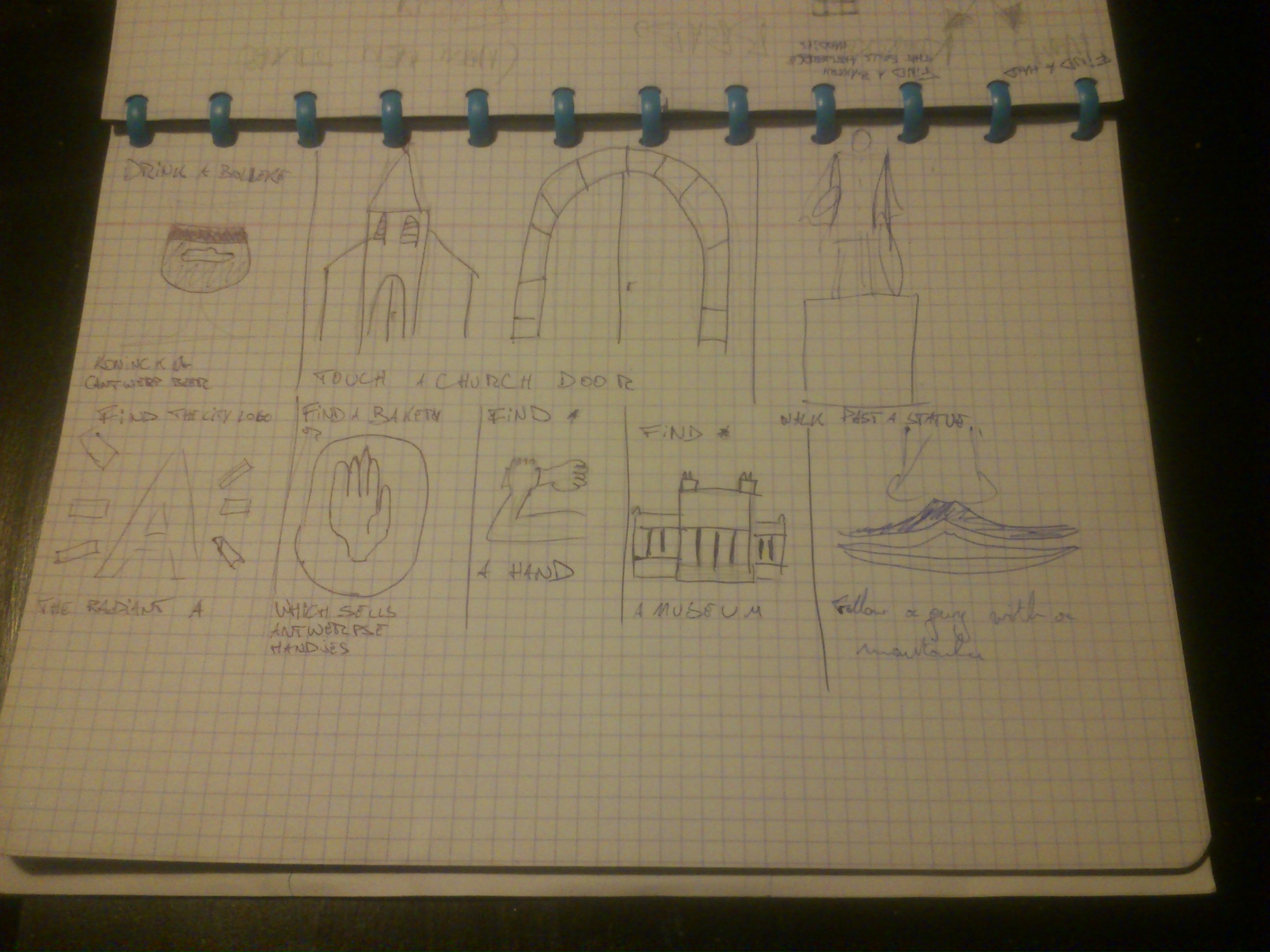BlueFi, a raspberry based portable remote area network
Every now and again you might be in need of some internet in some harder to reach places, like in a valley. Or just too far away from the nearest antenna, resulting in a wonky connection. And maybe you need a portable and energy friendly setup. In that case I might have a solution for you: BlueFi.

Six years ago I had a tiny little problem: I was going to a somewhat remote campsite but needed an internet connection to transfer pictures etc. Mobile Internet was still a very rare thing in Belgium, but there were some people living not too far away who had an open wireless network, so every time I really needed to transfer something, I walked overthere, put my laptop on their concrete mailbox and logged on. It worked, but is wasn’t really convenient.
Not too long before I had discovered the Geekcorps and their Radio Project in Mali. The aim of that project was to build a wifi-based network that connected 17 remote radiostations to the internet improving their chances of independent journalism and enabling them to share items between them. Their most important tool: Malinese water bottles and screen mesh. Wrap the one around the other, insert a wifi antenna and you have a very nice directional antenna. If you substitute the bottle and mesh for a Prinlges tube, you get what is known as a Cantenna. And as you can also use a wok (stir frying pan) instead of a can or bottle to get a wifi satellite dish, it’s often called WokFi (Stirfy didn’t sound as good, I guess).
A few weeks after my camping trip I stumbled across an old wok somewhere and decided to build my own WokFi. I asked the local marching band for an old music stand and a friend to weld the wok and stand together and, combined with a dongle holder and a USB-extension cable, I created a dish which boosted my reach quite a bit. The first test I did was driving over to my uncle who lived two fields of corn behind our own garden and pointed my wok to our house. At about 500 meters I still had 4 bars on my laptop and could surf as if I was sitting in my bedroom and that was only the first test.

Years have passed. I’ve graduated and don’t live with my parents anymore, I’m practically always connected (battery life is becoming more important than coverage), I’ve got a 3G-dongle lying around somewhere and there’s a cheap and lightweight computer out there called the Raspberry Pi. And every now and again I could use some internet at basecamps hidden in valleys.

As the Raspberry Pi celebrated it’s first birthday and RS Electronics is giving away some special edition Blue Pi’s (Raspberry Pi’s in a blue enclosure) I started pondering on projects I could use a Raspberry Pi on. Two weeks later, while on a camping trip, I all of a sudden remembered my old wokfi and dreamt up another project:
Why not build another wokfi, but instead of using a wifi dongle, use my 3G dongle and connect both the wokfi’s to a Raspberry Pi. With the limited power usage of the Raspberry Pi and it’s easy interface (it’s a very small yet fullblown computer running linux that can act as a wifi hotspot) it seemed like the perfect combo to build a Remote Area Network: You put the setup on top of the hill, point the 3G-wok at the nearest antenna and your wifi-wok at your basecamp and voilà, internet!

I’ve already got an extra wok and this time I think I’m going to use an old camera stand instead of a music stand. The only think I need is… a Raspberry Pi, preferably a Blue Pi…
Once I’ve got that running I’ve already got a few extensions at the back of my head:
- attach a regular wireless router instead of the dongle (you don’t need to boost the signal as much as USB to cross distances so you could run a cable down the hill
- Use my multiplo kit to assemble a calibration system: get the 3G-wok to turn around and up and down to find the best signal and keep the focus on that antenna.
P.S. You don’t really need a Blue Pi (I would just love to win one). You could probably use any Raspberry Pi, unless you want to attach a router, than you must make sure you have an RJ-45 connector (ethernet port) on your Raspberry.



2 thoughts on “BlueFi, a raspberry based portable remote area network”